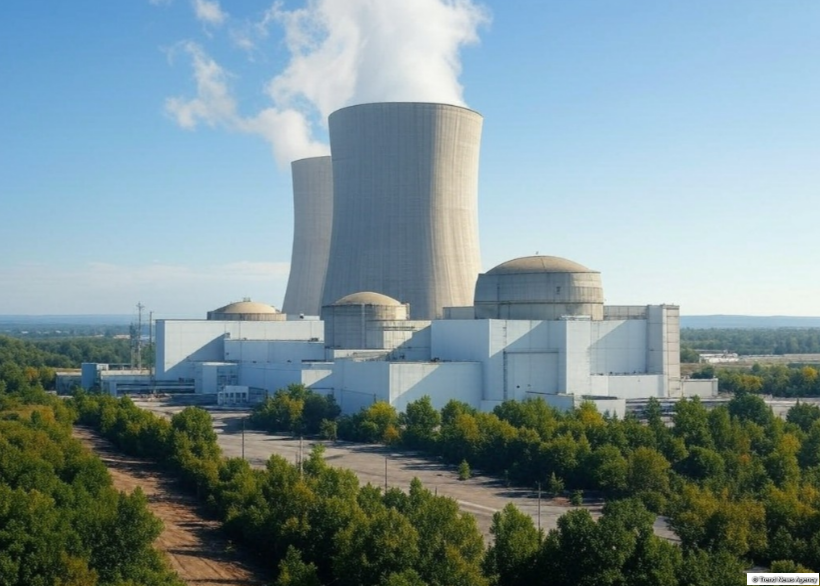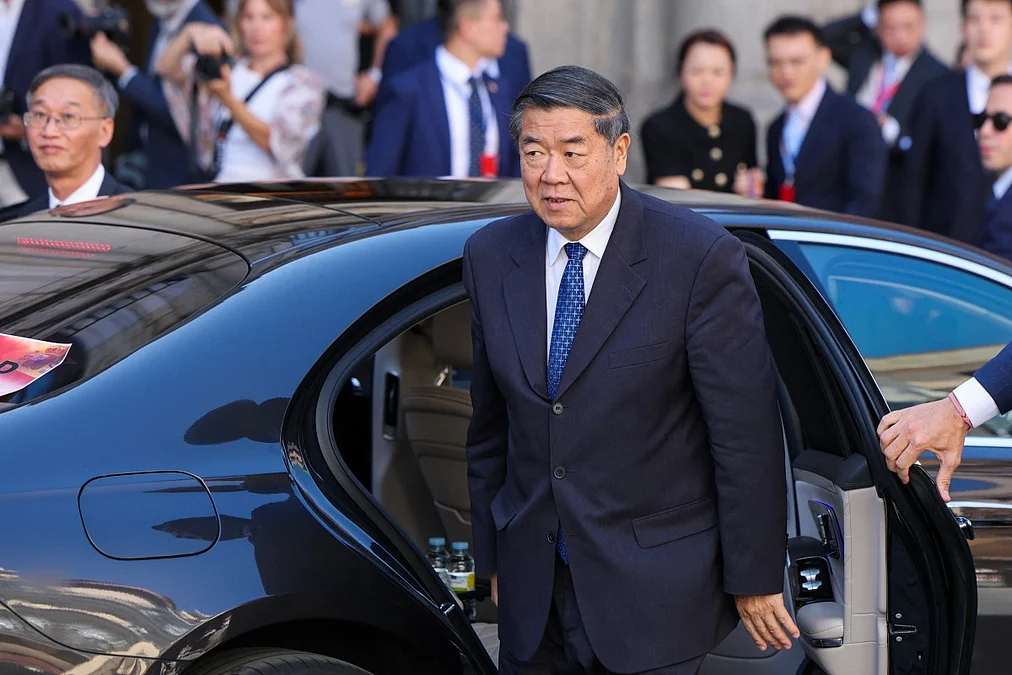By Aygun Baliyarli
Copyright trend

BAKU, Azerbaijan, September 23. The development
of Uzbekistan’s energy sector is currently one of the state’s top
priorities. The country needs to ensure a stable and reliable
supply of electricity to meet the demands of its growing population
and expanding economy. Despite significant growth in electricity
production in recent years, capacity shortages are already being
felt, and existing energy sources are operating under heavy
According to forecasts, by 2030, Uzbekistan’s population will
exceed 41 million, and the economy will reach $200 billion.
Government estimates suggest that by 2035, the country’s
electricity consumption will reach around 121 billion
kilowatt-hours.
In 2023, electricity production totaled 78.0 TWh, while
consumption reached 81.0 TWh, highlighting a resource deficit even
at moderate demand levels. In 2024, production increased to 81.5
TWh, with consumption at 80.8 TWh, and in 2025, a balance of
approximately 86.7 TWh of production versus 86.3 TWh of consumption
is expected. By 2030, production could reach 105 TWh, with
consumption around 103.4 TWh. At first glance, these figures appear
balanced; however, an analysis of the energy system’s structure
reveals hidden vulnerabilities.
Currently, the majority of electricity, about 85 percent, is
generated at gas- and coal-fired power plants with low efficiency
of only 25–35 percent. This leads to high fuel consumption and
significant strain on equipment, increasing the risk of power
outages. Annually, more than 16 billion cubic meters of natural
gas, over 2 million tons of coal, and tens of thousands of tons of
fuel oil are consumed. The remaining 15% is supplied by
hydroelectric plants and other renewable sources, which are limited
by natural conditions and seasonal fluctuations.
“If we continue to rely on natural gas and coal in this sector,
their reserves may be depleted over time. This would be an
unforgivable mistake and a crime against future generations,”
emphasized President Shavkat Mirziyoyev at a meeting on the
development of nuclear energy in the country.
Under these circumstances, Uzbekistan is actively seeking
alternative energy sources, and one of the most promising
directions is nuclear power. Nuclear energy allows for the
production of clean electricity without carbon emissions, reducing
pollution by approximately 3 million tons per year.
The idea of building a nuclear power plant has been discussed in
Uzbekistan since the 1980s, but political and geopolitical factors
long delayed the project. New momentum emerged after 2017, when an
agreement on cooperation for peaceful purposes was signed with
Russia. In 2018, the parties agreed to build a large NPP consisting
of two VVER-1200 units. It was planned to become operational by
2028 and cover up to 15 percent of the country’s electricity
demand. The site was chosen in the Jizzakh region, on Lake Tuzkan;
however, the final contract was never signed.
According to experts, the launch of this station could have
saved up to 3.7 billion cubic meters of natural gas annually. Even
with a simple export, the country would have earned $550-600
million per year.
After a pause from 2020 through 2023, negotiations resumed, but
with a focus on constructing a small NPP. In May 2024, a new
agreement was signed, and in July, the construction of a production
base began. The plant will consist of six RITM-200N reactors with a
total capacity of 330 MW and is scheduled for commissioning by
“By 2050, energy demand in Uzbekistan is expected to nearly
double. For the stable operation of the energy system, the country
must have, in addition to renewable sources, a reliable base load.
Worldwide, there is growing interest in nuclear technologies, both
in large NPPs and small modular reactors. We are confident that
expanding cooperation with Rosatom will strengthen our energy
complex,” said Azim Ahmedkhadjaev, Director of the Agency for
Nuclear Energy under the Cabinet of Ministers.
At the same time, authorities note that the country still needs
a large reactor. In 2024, Energy Minister Jurabek Mirzamahmudov
stated, “Uzbekistan still needs a large reactor.” Later, Azim
Ahmedkhadjaev added that in the long term, the country will need up
to four NPPs.
The development of nuclear energy will provide Uzbekistan with
several advantages: reliable coverage of electricity deficits,
reduced domestic gas consumption, increased export potential,
strengthened regional energy stability, attraction of investments
and technology, creation of jobs, and the formation of a national
scientific base.
However, the project is not without challenges. The construction
of large NPPs requires significant investment and government
guarantees. Additional difficulties include water scarcity and the
low cost of electricity, around $0.02 per kWh, which does not cover
the expenses of new plants. Therefore, implementing nuclear energy
will require a revision of the tariff model.
Experts emphasize the need to clearly define a roadmap:
selecting partners, technology, and a site. At the same time, small
modular reactors should be developed, as they are faster to build,
require less water, and are suitable for regional deployment.
For comparison, Kazakhstan plans to complete its first NPP by
2035–2036. President Kassym-Jomart Tokayev has highlighted the need
to plan a second and third station. The first is being built in
cooperation with Rosatom, while subsequent plants will involve
China’s CNNC. This approach demonstrates a strategy of diversifying
partners, minimizing risks, and strengthening the energy system, an
approach that could also benefit Uzbekistan, providing independence
and flexibility in developing nuclear energy.
The development of nuclear energy in Uzbekistan is not just a
technical project but a pressing necessity. It will ensure stable
and safe electricity production amid growing demand, reduce
pressure on traditional sources, and strengthen the country’s
export potential, supporting sustainable economic growth for years



